Cook Islands
Welcome to Cook Islands
The Cook Islands are located in Polynesia, spanning a vast exclusive economic zone of nearly two million square kilometers of ocean, though the total land area is just under 240 square kilometers. The islands are divided into two groups: the Southern Group, which includes the main island of Rarotonga—the political and economic hub—and the Northern Group, composed mostly of remote atolls. Rarotonga is home to the capital city, Avarua, and the main international airport, making it the primary gateway for visitors. Geographically, the islands are volcanic in origin, with lush mountainous terrain on the larger islands like Rarotonga, where Te Manga, the highest peak, rises to 652 meters. The smaller northern islands are mostly low-lying coral atolls surrounded by vibrant reefs teeming with marine life. The Cook Islands enjoy a tropical climate with two distinct seasons: a hot, wet season from November to March, and a cooler, dry season from April to November, making it a year-round destination for travelers seeking sunshine and warm temperatures.
The population of the Cook Islands is just over 13,500 as of early 2025, with the majority living on Rarotonga. Despite its small population, the Cook Islands maintain a rich cultural identity, with a strong emphasis on Polynesian traditions, language, and community life. English and Cook Islands Māori are widely spoken, and visitors will find the locals friendly and eager to share their heritage. Tourism is the cornerstone of the Cook Islands' economy, drawing over 160,000 visitors annually who come to enjoy the islands’ natural wonders, cultural experiences, and outdoor adventures. Alongside tourism, the economy benefits from pearl farming, marine resources, and offshore financial services.
Why Visit Cook Islands?
1.
Unspoiled Natural Beauty: The Cook Islands offer some of the most stunning and unspoiled beaches in the South Pacific. From the golden sands and turquoise lagoons of Aitutaki to the lush, mountainous landscapes of Rarotonga, every island provides breathtaking scenery perfect for snorkeling, diving, hiking, and relaxation.
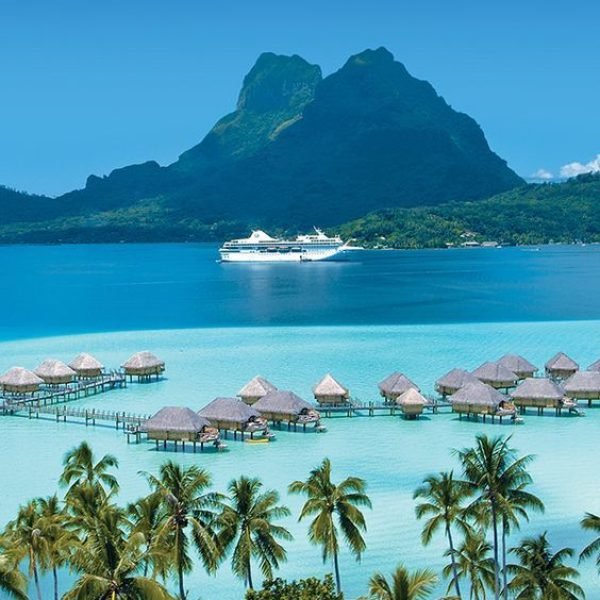
2.
Rich Polynesian Culture: Visitors can experience authentic Polynesian culture through traditional dance performances, village tours, and local festivals. The islands celebrate their heritage with vibrant music, dance, and crafts, giving travelers a deep connection to the island way of life.

Planning Your Trip
Visa Information
Most visitors to the Cook Islands do not require a visa for short stays, especially those from New Zealand, Australia, the United States, Canada, and the European Union. However, it is essential to check the latest entry requirements before traveling, as regulations can change. Visitors must hold a valid passport and may be asked to show proof of onward travel and sufficient funds for their stay.
Best Time to Visit
The ideal time to visit the Cook Islands is during the dry season, from April to November, when the weather is cooler and more comfortable, and rainfall is minimal. This period is perfect for outdoor activities such as hiking, snorkeling, and exploring the islands. The wet season (November to March) is warmer and more humid, with occasional tropical storms, but it also brings lush greenery and fewer tourists.
Getting To and Around
Getting There:
The main international gateway is Rarotonga International Airport, which has regular flights from New Zealand, Australia, and other Pacific nations. Direct flights from Auckland, Sydney, and Brisbane make the Cook Islands relatively accessible despite their remote location. For travelers coming from North America or Europe, connecting flights through New Zealand or Australia are common.
Getting Around:
Once on the islands, transportation options include rental cars, scooters, bicycles, and local buses. Rarotonga has a reliable and affordable bus service that circles the island, making it easy to explore beaches, villages, and attractions. For island hopping to the outer islands, domestic flights and ferries are available, though schedules can be limited, so planning ahead is advised.
The Cook Islands offer a rare opportunity to experience a peaceful, authentic South Pacific lifestyle surrounded by some of the world’s most beautiful natural environments. Whether you seek adventure, cultural enrichment, or simply a serene beach retreat, the Cook Islands promise an unforgettable travel experience in 2025.
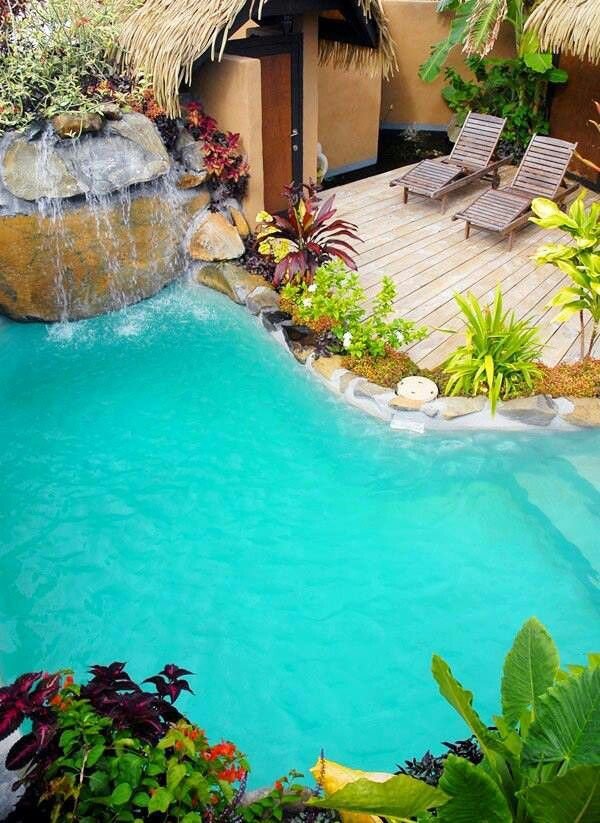
Accommodation
The Cook Islands offer a diverse range of accommodation options to suit every traveler’s taste and budget, from luxury resorts and boutique hotels to cozy beachfront bungalows and self-catering villas. Whether you seek a lavish island retreat or a simple, authentic Polynesian experience, the islands deliver comfort, charm, and stunning natural surroundings.
Accomodation Options
Luxury Resorts and Boutique Hotels
For those looking to indulge, the Cook Islands feature several high-end resorts that provide world-class amenities and breathtaking views. Many luxury properties are located on Rarotonga and Aitutaki, offering direct beach access, infinity pools, spa services, and fine dining. Resorts such as Pacific Resort Rarotonga and Rumours Luxury Villas & Spa are known for their elegant accommodations, personalized service, and tranquil settings ideal for honeymooners or special occasions.
Boutique hotels like Manuia Beach Boutique Hotel and Magic Reef Beachfront Bungalows provide a more intimate atmosphere with beautifully designed Polynesian-style bungalows. These often include private balconies with ocean views, outdoor showers, and kitchenettes, blending comfort with a laid-back island vibe.
Mid-Range and Family-Friendly Options
Travelers on a moderate budget will find plenty of welcoming guesthouses, holiday homes, and family-friendly resorts. The Edgewater Resort & Spa is a popular choice, offering a range of activities for families, including kids’ clubs and whale watching excursions. Properties like Mama Taras Bungalows and Moana Sands Lagoon Resort provide spacious rooms, pools, and easy access to beaches and local amenities, making them ideal for longer stays with children or groups.
Many of these accommodations emphasize a connection to nature, with lush tropical gardens and easy snorkeling access right from the property. The atmosphere is relaxed and friendly, often with hosts who are locals eager to share their knowledge of the islands.
Budget Stays and Self-Catering Villas
For budget-conscious travelers or those who prefer more independence, the Cook Islands offer a variety of affordable options including hostels, simple bungalows, and self-catering apartments. Places like Lulu and Shane’s Island Retreat provide basic but comfortable lodging perfect for short stays or transit stops.
Self-contained villas and cottages, such as Mango Cottage or Mama Anika’s Paradise Villa, allow guests to enjoy privacy and flexibility with kitchen facilities, making it easy to prepare meals and live at your own pace. These options are great for travelers who want to explore local markets and cook fresh island produce.
Unique Stays and Eco-Friendly Lodges
The Cook Islands also feature unique accommodations like eco-lodges and beachfront art villas, which appeal to environmentally conscious travelers. MOTU Beachfront Art Villas, for example, offer adults-only villas with a focus on sustainability, tranquility, and direct access to snorkeling spots. These lodges often incorporate local materials and design, providing an authentic island experience while minimizing environmental impact.
Location and Views
Most accommodations are strategically located along the coastlines, offering stunning views of the ocean, lagoons, or coral reefs. Whether you wake up to the sunrise over the Pacific or relax on a balcony watching the sunset, the natural beauty of the Cook Islands is always close at hand. Many resorts and hotels provide complimentary snorkeling gear, kayaks, and other water sports equipment to help guests explore the vibrant underwater world just steps from their rooms.
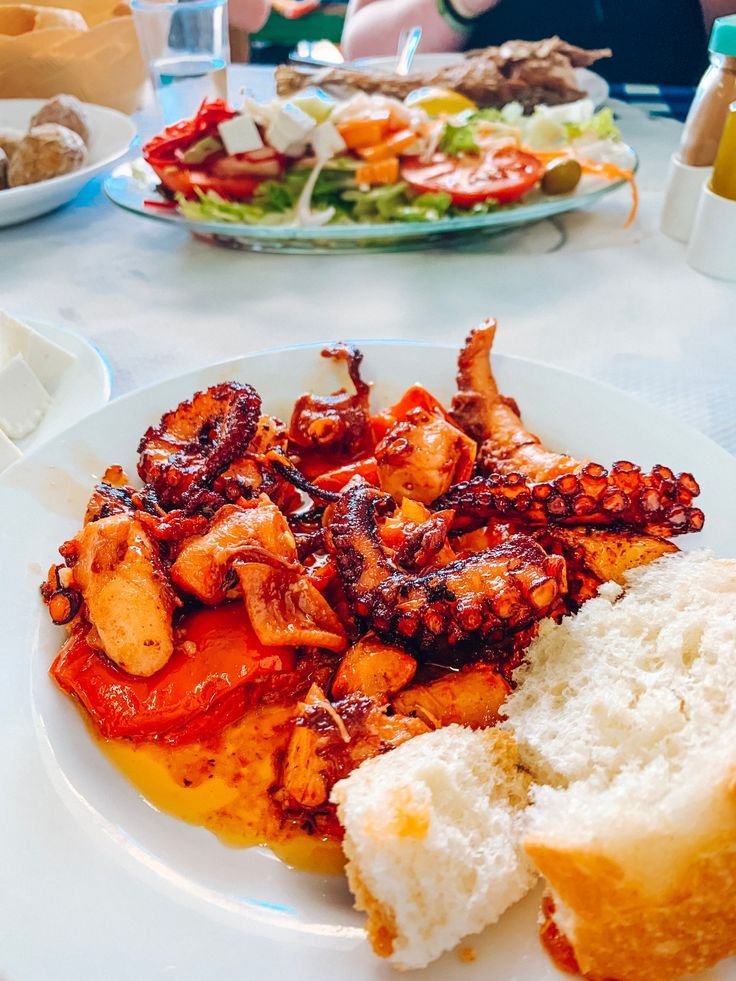
Food and Drink
The culinary scene in the Cook Islands is a delightful fusion of traditional Polynesian flavors and fresh, local ingredients, combined with influences from New Zealand, Australia, and Asia. Dining here is not just about food but also about embracing the island lifestyle—fresh, vibrant, and shared in a warm, welcoming atmosphere.
Traditional Polynesian Cuisine
At the heart of Cook Islands cuisine is a celebration of seafood, tropical fruits, and root vegetables. Fresh fish, octopus, and shellfish are staples, often prepared simply to highlight their natural flavors. One of the most iconic dishes is ika mata, a raw fish salad marinated in coconut cream, lime juice, and fresh herbs—refreshing and bursting with island flavors.
Other traditional favorites include rukau (taro leaves cooked in coconut cream), poke (a type of taro pudding), and umu—a traditional earth oven feast where meats, fish, and vegetables are slow-cooked underground, infusing them with smoky, rich flavors. Many local families and cultural events offer umu feasts, providing a fantastic way to experience authentic island hospitality.
Dining Options
Visitors will find a range of dining venues from upscale restaurants and beachfront resorts to casual cafes and roadside food stalls. Rarotonga, the main island, has the most diverse culinary scene, with eateries serving international cuisine alongside local specialties.
Resort restaurants often feature menus that highlight fresh seafood, tropical fruits, and island-grown vegetables, paired with fine wines and tropical cocktails. Many places offer spectacular ocean views, perfect for enjoying a sunset dinner.
For a more casual experience, local markets and food trucks serve up quick bites like grilled fish, coconut crab, and tropical fruit smoothies. Muri Night Market on Rarotonga is a must-visit for sampling a variety of local dishes in a lively, social setting.
Drinks and Tropical Refreshments
The Cook Islands are famous for their tropical drinks, with fresh coconut water being a favorite refreshment straight from the tree. Locally brewed beers and rums are widely enjoyed, with many bars and resorts offering creative cocktails featuring island fruits like passionfruit, pineapple, and lime.
Non-alcoholic options include fresh fruit juices and smoothies made from papaya, mango, banana, and guava, providing a healthy and delicious way to stay refreshed in the tropical heat.
Food Culture and Etiquette
Sharing food is an important part of Cook Islands culture, symbolizing community and friendship. Visitors are encouraged to try local dishes and participate in communal meals when possible. Many resorts and cultural tours offer cooking classes or food experiences where guests can learn to prepare traditional dishes, deepening their connection to the islands.
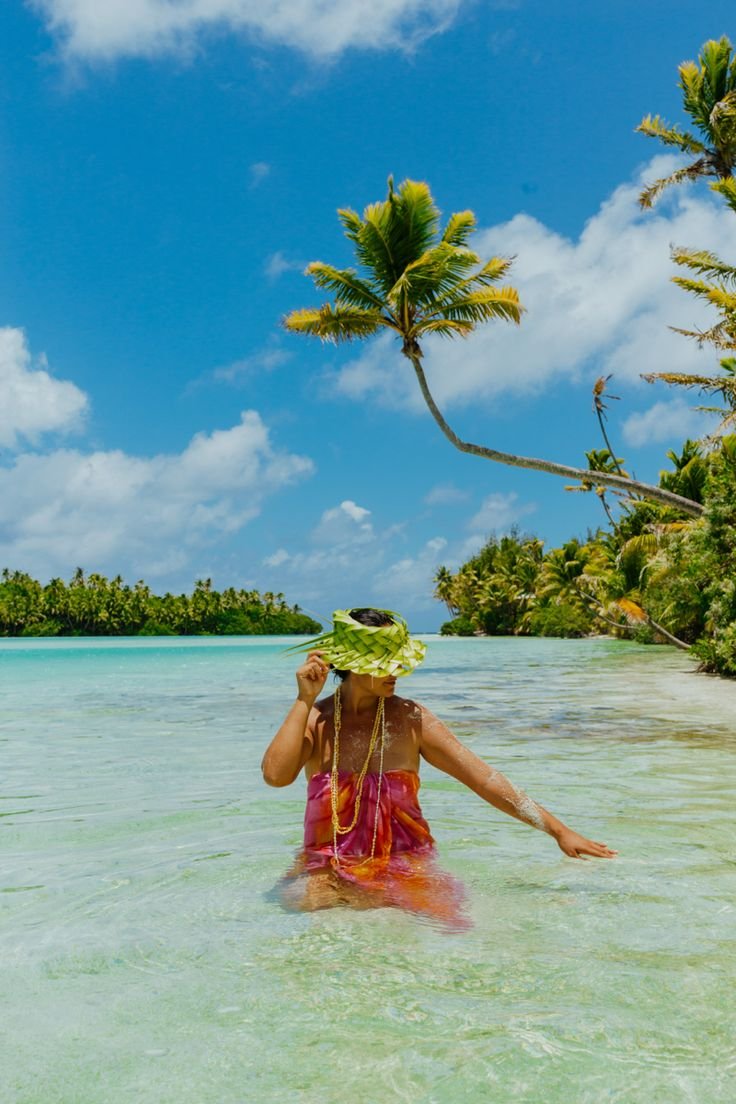
Must-See Attractions
- One Foot Island (Tapuaetai)
Arguably the most famous spot in the Cook Islands, One Foot Island is a tiny islet located in the breathtaking Aitutaki Lagoon. Known for its postcard-perfect white sand beaches and crystal-clear turquoise waters, the island offers a tranquil escape from the everyday. Visitors often enjoy a day trip here, exploring the island’s tiny post office where you can get your passport stamped—a unique souvenir. The island’s serene beauty makes it ideal for swimming, sunbathing, and photography, capturing the essence of paradise.
- Aitutaki Lagoon
Often hailed as one of the world’s most beautiful lagoons, Aitutaki Lagoon is a shimmering expanse of calm, azure water dotted with small motu (islets). The lagoon is perfect for boat tours, snorkeling, and picnics on secluded beaches. Many tours include a traditional Polynesian barbecue lunch on a motu, blending natural beauty with cultural immersion. The vibrant coral reefs and abundant marine life make it a snorkeler’s dream.
- Muri Lagoon (Rarotonga)
Located on the main island of Rarotonga, Muri Lagoon is a family-friendly spot known for its calm waters and rich marine biodiversity. It’s ideal for kayaking, paddleboarding, and snorkeling, with colorful coral gardens and tropical fish just beneath the surface. The lagoon is surrounded by palm-fringed beaches and dotted with small islets, creating a picture-perfect setting for relaxation and water activities.
- Te Rua Manga (The Needle)
For those who love hiking and panoramic views, Te Rua Manga, or The Needle, is a must-see. This dramatic volcanic peak rises 413 meters above Rarotonga and is visible from much of the island. Adventurous visitors can embark on the Cross Island Trek to reach the base or summit of The Needle, enjoying lush jungle scenery, native flora, and spectacular vistas of the island and ocean beyond. Guided tours are available for those who want expert insights and a safe trek.
- Black Rock (Tuoro)
Located on the northwest coast of Rarotonga, Black Rock is a volcanic outcrop steeped in local legend as the departure point for spirits to the afterlife. It’s a culturally significant site and a popular place for snorkeling and reef walking at low tide. The rock pools reveal fascinating marine life, and the surrounding beach is perfect for a peaceful swim or sunset stroll.
- Vai Nauri Swimming Cave (Mitiaro)
For a more off-the-beaten-path adventure, Vai Nauri on the island of Mitiaro offers a stunning natural swimming cave with deep, clear blue waters surrounded by striking limestone formations. Visitors can climb down steps or jump from cliffs into the refreshing pool. It’s a unique spot that combines natural beauty with a hint of adventure.
- Mauke’s Giant Banyan Tree
On the island of Mauke, discover the largest banyan tree in the South Pacific, sprawling over 4,000 square meters. The tree’s massive roots create a natural playground with swings and climbing spots. The walk to the tree passes other natural wonders like small caves and swimming holes, making it a rewarding excursion for nature lovers and families
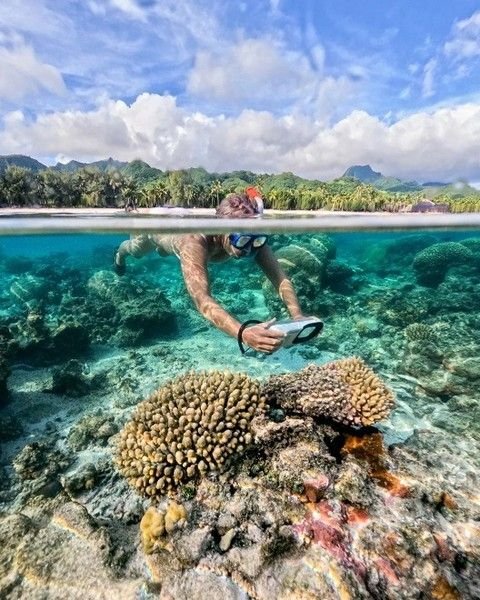
Must-Do Activities
Lagoon Cruises and Island Hopping
Exploring the Cook Islands by boat is an absolute must. Lagoon cruises around Aitutaki and Rarotonga offer opportunities to visit secluded motu, snorkel over vibrant coral reefs, and enjoy traditional island feasts on the beach. Many cruises include stops at One Foot Island and other picturesque islets, combining sightseeing with swimming and cultural experiences. Options range from glass-bottom boats to luxury catamarans, catering to all preferences.
Snorkeling and Diving
The Cook Islands boast some of the clearest waters in the Pacific, making snorkeling and diving top activities. Muri Lagoon and Aitutaki Lagoon are prime spots for observing colorful coral gardens, tropical fish, sea turtles, and rays. For certified divers, the outer reefs and underwater caves offer thrilling explorations of marine biodiversity. Sea scooter tours and guided snorkeling trips enhance the experience for those wanting to see more with less effort.
Hiking and Nature Walks
Beyond Te Rua Manga, Rarotonga offers several scenic hiking trails through rainforests, past waterfalls, and along coastal cliffs. The Cross Island Trek is the most famous, but shorter walks like the Wigmore’s Waterfall Trail and the Raemaru Summit Trail provide stunning views and encounters with native plants and birds. Guided tours add cultural storytelling, enriching the adventure.
Cultural Experiences
Immersing yourself in Polynesian culture is a highlight of visiting the Cook Islands. Attend traditional dance performances at venues like Te Vara Nui Village, where lively drumming and colorful costumes bring island stories to life. Visit the Punanga Nui Market in Avarua for local crafts, fresh produce, and street food. Participating in a traditional umu feast, where food is cooked in an underground oven, offers a delicious and authentic taste of island life.
Water Sports: Kayaking, Paddleboarding, and Fishing
The calm lagoons are perfect for kayaking and paddleboarding, allowing visitors to explore hidden coves and shallow reefs at their own pace. Fishing enthusiasts can join local charters for deep-sea fishing or reef fishing, targeting species like tuna, mahi-mahi, and marlin. These activities provide a dynamic way to connect with the ocean and enjoy the islands’ natural resources.
Beachcombing and Relaxation
Sometimes the best activity is simply to relax on the beach. The Cook Islands’ pristine shores offer soft sand, gentle waves, and stunning sunsets. Popular beaches like Muri Beach and Ara’oa Beach on Mangaia are perfect for leisurely strolls, shell collecting, or simply soaking up the sun. Many resorts provide hammocks and beachfront lounges, ideal for unwinding after a day of adventure.
Exploring Local Villages and Markets
To get a genuine feel for island life, take time to visit local villages and markets. The Punanga Nui Market on Rarotonga is a vibrant hub where you can buy handmade crafts, sample tropical fruits, and chat with friendly locals. Smaller islands have their own markets and cultural centers, offering insights into traditional crafts, music, and daily life.
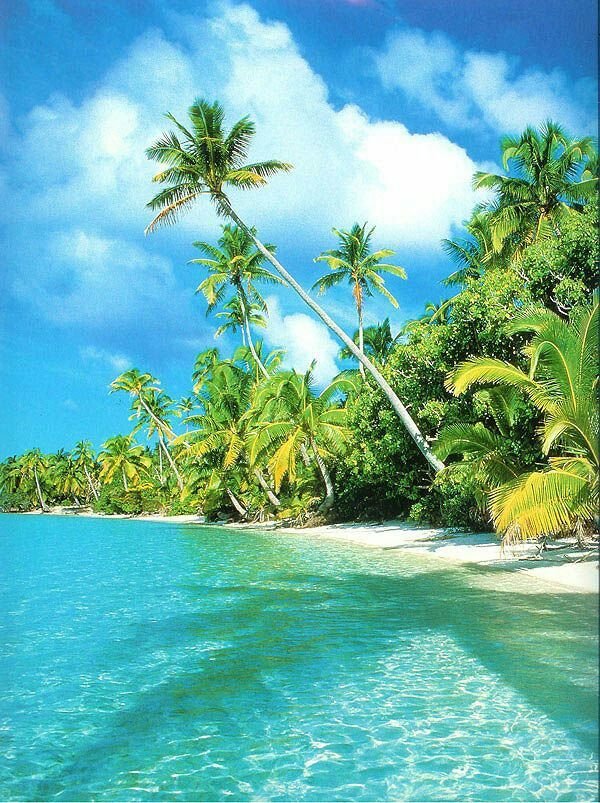
Travel Tips
Traveling to the Cook Islands in 2025 promises an unforgettable experience filled with stunning landscapes, warm hospitality, and rich Polynesian culture. To make the most of your trip, it’s essential to be well-prepared. Here is a comprehensive guide covering travel tips, including safety advice, local customs, and language basics, to help you navigate the islands smoothly and respectfully.
Safety Advice
Low Crime but Stay Vigilant
The Cook Islands are generally very safe for tourists, with a low overall crime rate. Violent crime is rare, but petty theft such as pickpocketing and opportunistic thefts from parked cars, especially at beaches or tourist spots, can occur. Always keep your valuables secure, avoid leaving belongings unattended, and lock your car doors when you leave it. Avoid displaying expensive items openly, and carry only what you need when exploring.
Water Safety
Swimming and water activities are among the top attractions, but caution is necessary. Lifeguards are typically not present on beaches, and tidal currents in lagoons can be strong, with riptides common in certain areas. Before swimming, always ask locals or tour operators about safe spots. Wearing reef shoes is recommended to protect your feet from coral cuts and stonefish, which can cause painful injuries. Follow any local warnings or instructions regarding water conditions.
Adventure and Diving Safety
If you plan to dive or engage in adventure tourism like hiking or kayaking, choose reputable operators with proper insurance. Ensure your travel insurance covers these activities, including medical evacuation if needed. Never undertake such activities alone; always hire experienced guides, be well-equipped, and stay informed about weather conditions. Notify someone of your itinerary for added safety.
Road Safety
Roads, especially on Rarotonga, can be narrow, poorly lit, and sometimes in disrepair. Traffic accidents involving motorcycles are common, so be extra cautious if you rent a scooter or car. Wearing helmets is compulsory when riding scooters, and you must pass a practical test to rent one legally. Avoid driving after dark due to poor lighting and wandering animals like dogs and chickens. Always drive on the left side of the road.
Stray Animals
Stray dogs are common and can sometimes be aggressive. Avoid approaching or feeding them to prevent any incidents.
Health Precautions
Mosquito-borne illnesses like dengue fever and Zika virus are present on the islands. Use insect repellent regularly, wear long sleeves and pants during dawn and dusk, and ensure accommodations have proper mosquito screens. Pregnant women or those planning pregnancy should consult a healthcare provider before traveling due to Zika risks. Also, be cautious of swimmer’s ear caused by frequent swimming and humid conditions—dry your ears thoroughly and consider packing ear drops.
Natural Disasters
The Cook Islands lie in an active seismic zone, so earthquakes and tsunamis are possible. Familiarize yourself with evacuation routes, especially if staying near the coast. Cyclone season runs from November to April, bringing heavy rains and storms. If traveling during this period, monitor weather updates closely and be prepared for sudden changes to your plans.
Local Customs
Respectful Dress Code
While the islands have a relaxed, beachy vibe, Cook Islanders are socially conservative. It’s respectful to dress modestly when away from the water. Wearing beachwear like bikinis or swim trunks is appropriate on the beach or poolside but not in villages, shops, or restaurants. A sarong or cover-up is a handy item to bring for this purpose.
Greetings and Politeness
The Cook Islands Māori language is an important part of local identity. When meeting locals, greet them with “kia orana,” which means “may you live a long and fulfilling life.” Saying “meitaki” (thank you) is also appreciated. Using these simple phrases shows respect and helps build goodwill with islanders.
Island Time
The Cook Islands operate on “island time,” meaning schedules can be relaxed. It’s common for people to arrive a bit late for social gatherings. However, punctuality is expected for tours, airport pickups, and other organized activities, so be on time for these.
Community and Sharing
Cook Islanders value community and hospitality. Sharing food and participating in communal events like traditional umu feasts (earth oven cooking) is a great way to experience local culture. Visitors are encouraged to engage respectfully and enjoy these cultural exchanges.
Tipping
Tipping is not a strong custom in the Cook Islands but is appreciated for exceptional service. Small tips to guides, drivers, or restaurant staff are welcomed but not mandatory.
Language Basics
Languages Spoken
English is widely spoken and understood throughout the Cook Islands, especially in tourist areas, hotels, and businesses. Cook Islands Māori is the indigenous language and is used in daily life, ceremonies, and cultural events.
Common Phrases
Learning a few key phrases in Cook Islands Māori can enhance your interactions:
- Kia orana – Hello / Greetings
- Meitaki – Thank you
- Aere mai – Welcome / Come here
- E aha te huru o te rā? – How is the weather?
- No reira – Goodbye / Farewell
Using these greetings and expressions is a sign of respect and appreciation for the local culture.
Final Tips for a Smooth Journey
Additional Practical Tips
- Travel Insurance: Ensure you have comprehensive travel insurance that covers medical emergencies, evacuation, and adventure activities. Healthcare facilities outside Rarotonga are limited, and serious cases may require evacuation.
- Money: The New Zealand dollar is the official currency. ATMs are available on Rarotonga but limited on outer islands. Carry some cash when traveling between islands.
- Connectivity: Internet access is generally good on Rarotonga but can be limited on outer islands. Mobile coverage varies, so plan accordingly.
- Respect Nature: The Cook Islands’ environment is fragile. Avoid touching coral reefs, do not litter, and use reef-safe sunscreen to protect marine life.
- Public Transport: Buses run around Rarotonga but can be irregular. Use officially marked taxis and agree on fares before starting your trip.
By following these safety guidelines, respecting local customs, and embracing the language and culture, your visit to the Cook Islands will be safe, enjoyable, and enriching. The islands’ natural beauty and warm hospitality await you, promising a memorable South Pacific adventure in 2025.

